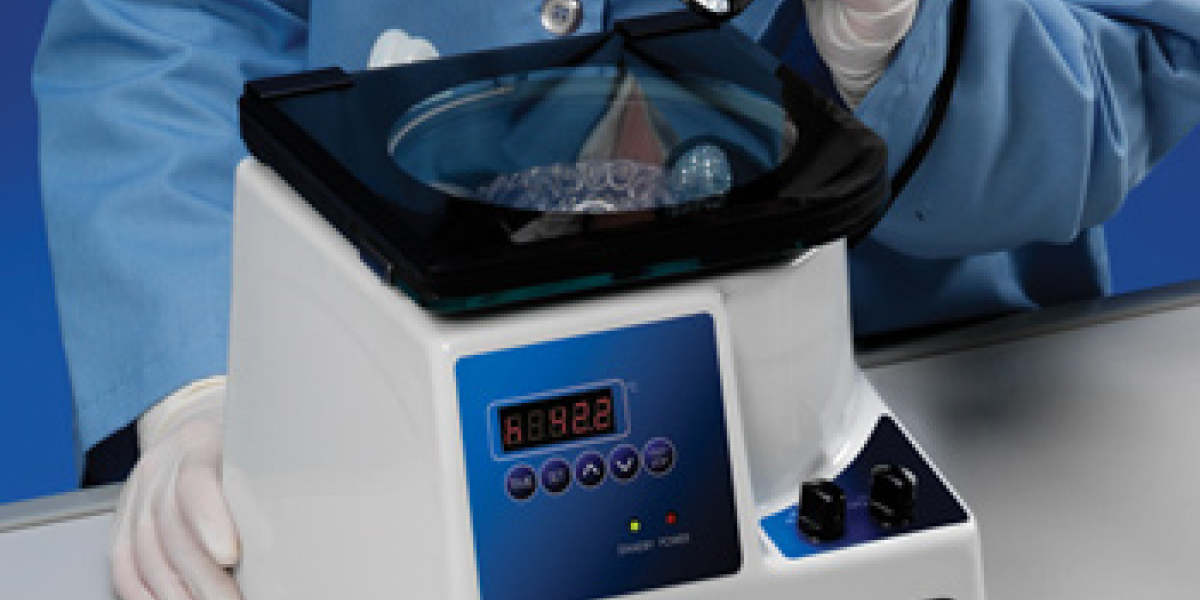Using the micro IR for genomic DNA isolation

Processing DNA samples can be a time consuming and expensive process. If degradation occurs during any of the steps, the process must start over.
Before you begin, make sure that the DNA is free of RNA and protein contamination. To prevent contamination of reagents by nucleases, always wear powder-free laboratory gloves and use dedicated solutions and pipettors with nuclease-free aerosol-resistant tips. Avoid repeated freeze-thaw cycles of solutions containing DNA or enzymes. Follow the procedure described in this document to isolate DNA from blood, cells, or frozen tissues, to increase the likelihood of a successful experiment.
General steps in DNA processing include:
1. Remove lipids by adding detergent
- Add saline-sodium citrate (SSC) buffer to collected samples.
- Centrifuge at 12,000 RPM for 1 minute
- Remove supernatant and add more SSC buffer.
- Centrifuge for 1 minute and remove all supernatant
2. Removing proteins
- Add sodium acetate, SDS buffer and proteinase K, vortex; incubate for 1 hour at 55° C
- Add phenol/chloroform/isoamyl alcohol and vortex. Centrifuge sample for 2 minutes at 12,000RPM
3. Precipitate DNA with alcohol
- Remove the aqueous layer to a 1.5ml microcentrifuge tube; add 100% ethanol.
- Vortex and incubate for 15 minutes at -20° C
- Centrifuge for 2 minutes at 12,000RPM, decant supernatant then drain
- Add buffer, mix and incubate at 55° C for 10 minutes.
- Add sodium acetate, mix. Add ethanol, mix then centrifuge again.
- Decant the supernatant and rinse the pellet with 80% ethanol. Centrifuge for 1 minute.
4. Evaporating alcohol from supernatant using Labconco’s CentriVap micro IR
- During the evaporation phase, evaporative cooling takes place making the samples colder than the actual set point in the concentrator. Sample sometimes get so cold they will freeze.
- Set CentriVap micro IR to 50° C during first 15 minutes of drying phase.
- After 15 minutes, decrease temperature to 35° C then take sample to dryness.
5. Storing the sample
- Re-suspend the pellet in TE buffer; incubate overnight at 55° C.
- Store the samples at -20° C. Following this procedure will give you the results you need.
If you have any questions, please call our Product Manager, Jenny Sprung, at (800) 821-5525 or email her at jennys@labconco.com. Also, visit our website and look under Support Documents on our CentriVap web pages for other application notes and a features and benefits video.
________________________________________
Purification of DNA, Open/Wetware- Openwetware.org/wiki/Purification_of_DNA (accessed in May, 2011) Microbial Life Educational Resources, George Rice, Montana State University- Serc.carleton.edu/microbelife/research_methods/genomics/dnaext.html University of Oklahoma's Advanced Center for Genome Technology, protocol part III. html Genome.ou.edu/protocol_book/protocol_partIII.html
| chevron_left | Weird Science | Articles | Tuberculosis, Containment Equipment & Laboratories | chevron_right |






